Land Rover Defender finally drives electric with new plug-in hybrid
Land Rover Defender Hybrid, the first plug-in electric version, is equal parts luxury urban car and mud-wrangling hero
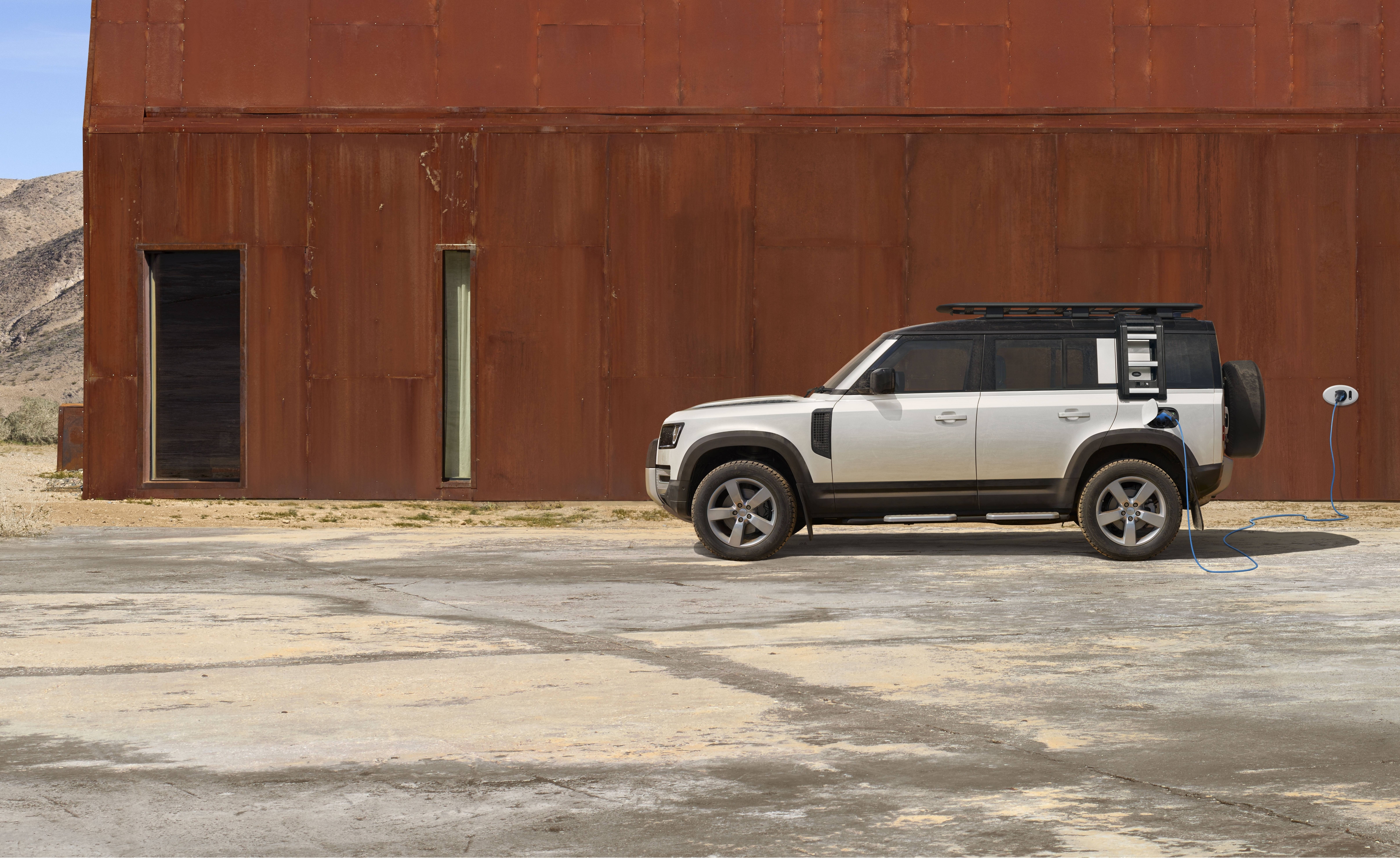
Two years after the new Land Rover Defender finally launched, the brand has taken the wraps off the Land Rover Defender Hybrid, the first plug-in electric model in the vehicle’s history. The road to the renewed Defender was unexpectedly bumpy, as we explained in our review of the 2019 model. At the heart of the Defender’s journey to production was the debate as to what this car actually is and who it is for.
Although Land Rover bakes in more off-road ability than almost any other car maker, it is arguably building elegant, upmarket machines for customers who are usually several acres short of being landed gentry. The original Land Rover, launched in 1948, was certainly no aristocratic plaything or symbol of upward mobility. Instead, it was a noble attempt to parley wartime shortages and surpluses (in this case a surfeit of aluminium) into a utilitarian machine that could just as easily pull a plough across a field as it could scramble across urban bombsites.

Up until its demise, due to failing emissions and crash-test legislation for key markets like the US, the original Defender remained a stoic beast of burden, used commercially around the world for everything from firefighting to search and rescue. Towards the end of this long, long life, the model started to acquire some urban cachet, representing the authentic and fashionable connection between functionalism and design purity. And so it remained until the bitter end, leaving a legacy that Land Rover has been strangely reluctant to continue.
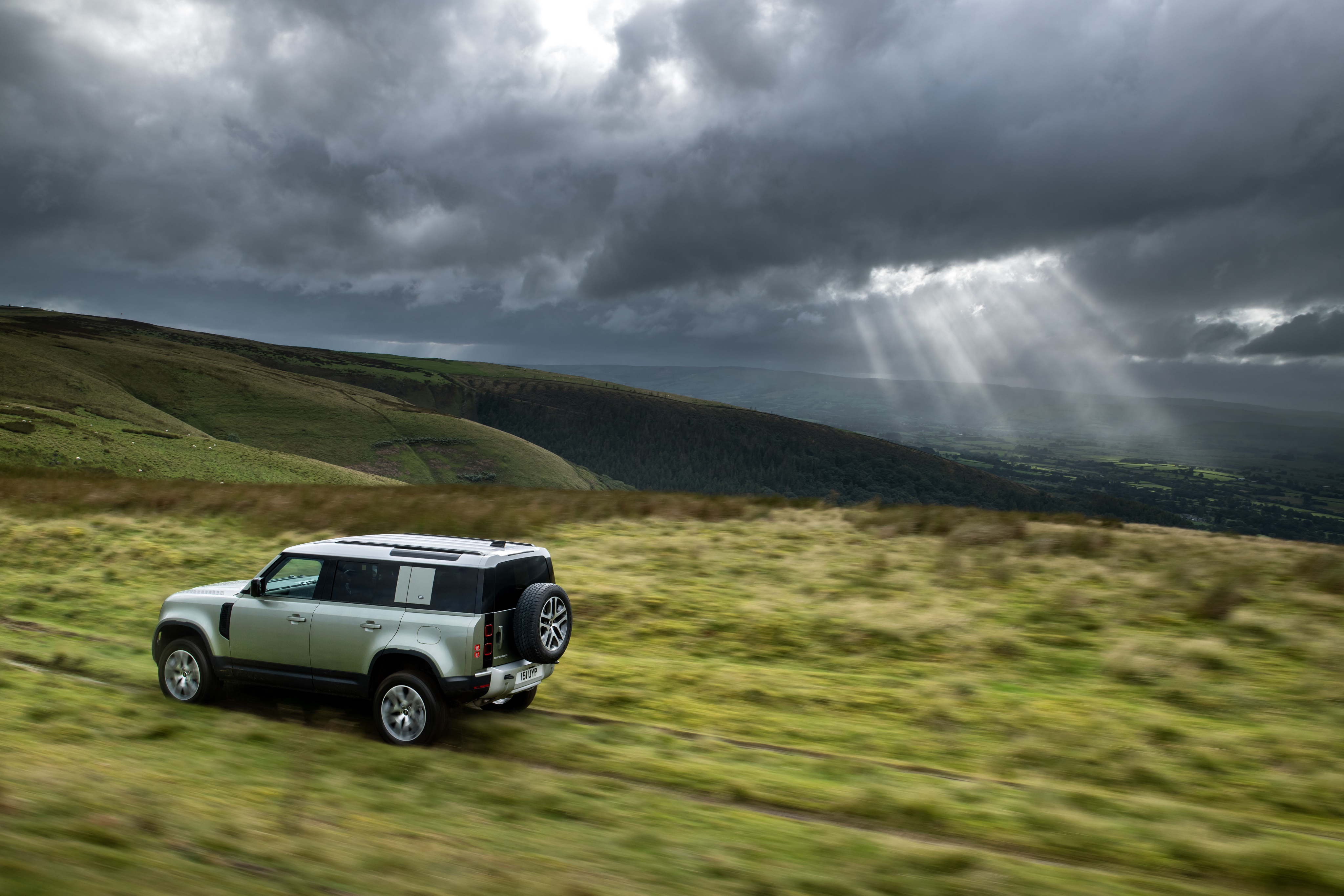
In 2011, the company showed the DC100 concept, a chunky, almost parodic take on the chamfered edges and blunt ends of the original. Ultimately, it was deemed too small and not appealing enough to sate the bitter mix of hardcore fans and potential new customers. The market has moved on and today’s utility vehicle owner is markedly more unlikely to use their cars for actual utility; the selling point is the ability.
So instead of a smaller, cheaper Land Rover, the machinations of global economics and evolving consumer demand meant the company had little choice but to take Defender upmarket and aim high.
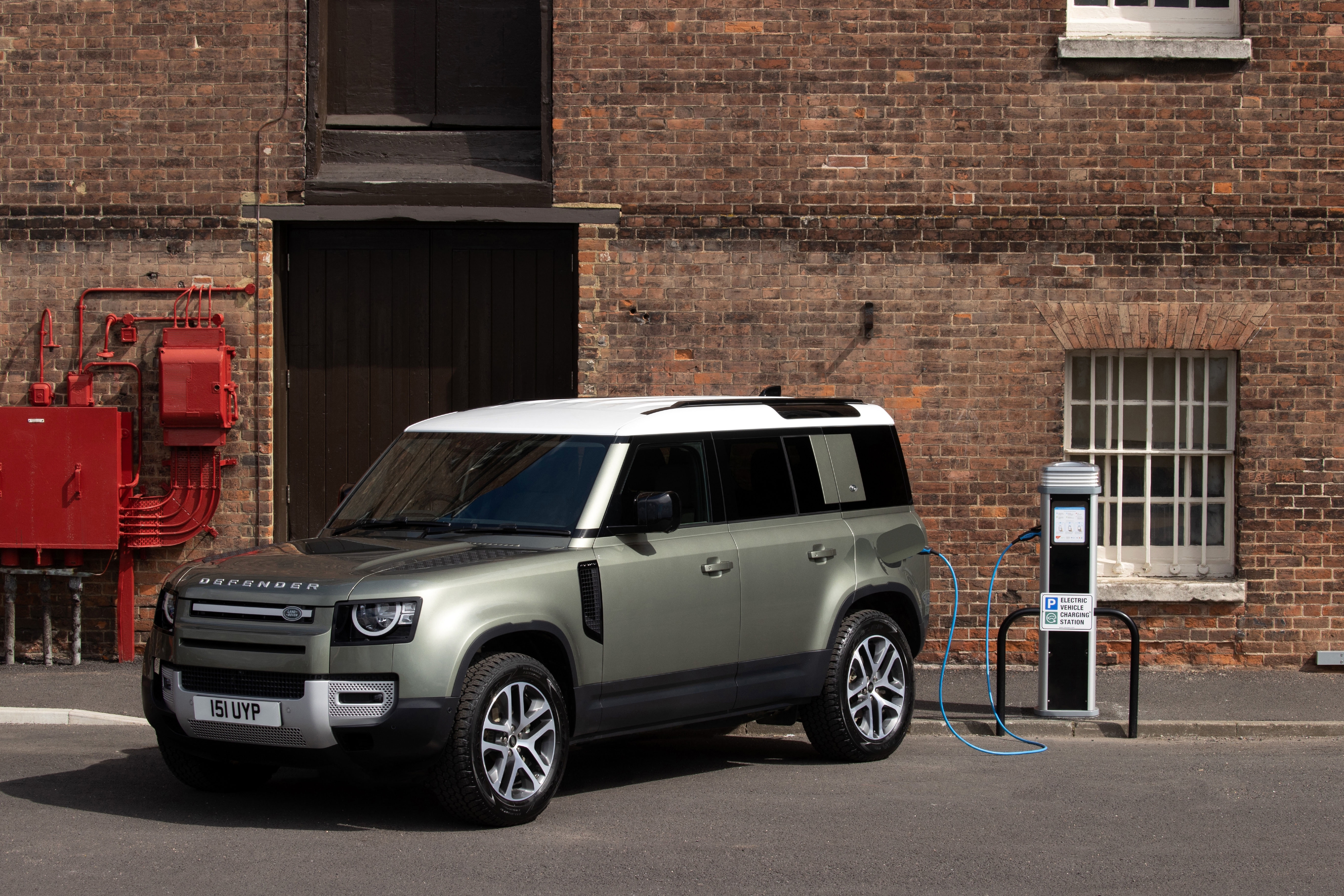
This was what led to the new Defender, a much, much larger and more authoritative machine than the DC100 ever was, let alone the original. There are some clear aesthetic alliances between the new and the old, but although the new car makes concessions to function (an open oddments tray on the dashboard, the barn door-style tailgate bearing the spare tyre, and a host of racks, rails and storage options available as accessory packs), it is very, very far from being basic.
Some elements, like the roof-mounted glass panels at the rear, are in the spirit of the original but barely share their functionality, the panels in question being so deep they resemble gothic vaults, not rooflights. Stylistically, this car owes more to the LR3 and LR4 generations of the Land Rover Discovery, a cultishy blocky design that ran from 2004 to 2016, and was much missed by enthusiasts when it was swapped out for the third generation L462 Discovery in 2017.
Receive our daily digest of inspiration, escapism and design stories from around the world direct to your inbox.

As a plug-in hybrid, the Defender loses none of its capability, whether mud-wrangling or wading. Available in long wheelbase 110 format only, it seats five and can be operated in pure electric mode, with a fast-charging mode allowing you to dodge the fuel pump for as long as possible. It’s reasonably fast and agile, given its size, and far more refined than any car bearing the Defender name has ever been before.
Land Rover has made peace with the idea of losing its status as a maker of go-anywhere cars for anyone. The new Defender is not a humble utility vehicle, but a luxury car that’s been pared back to very comfortable ‘basics’. Throw in the availability of electric drive, and you have a car that ticks all the boxes of the modern buyer.


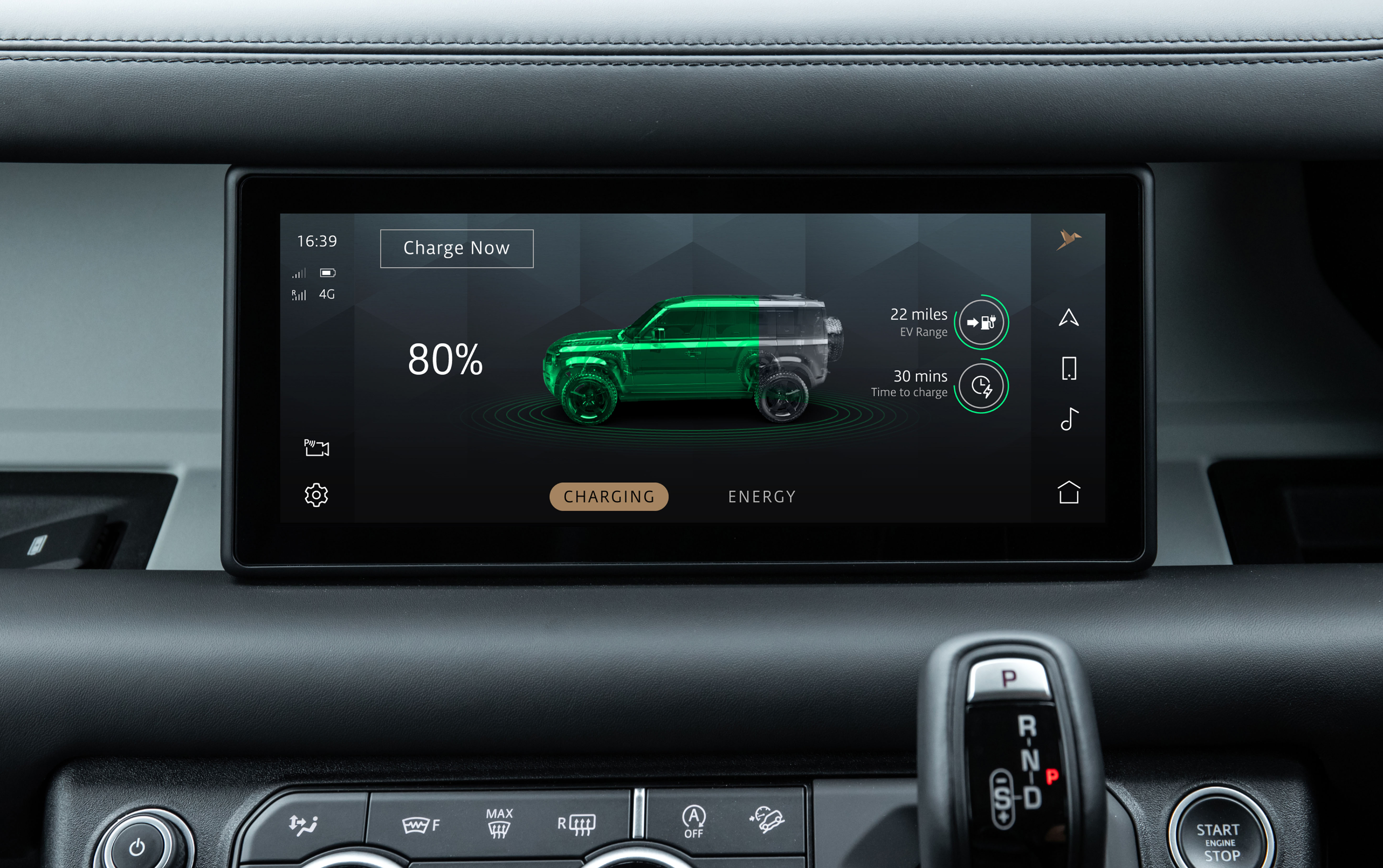
INFORMATION
Land Rover Defender 110 P400e, from £65,915
Jonathan Bell has written for Wallpaper* magazine since 1999, covering everything from architecture and transport design to books, tech and graphic design. He is now the magazine’s Transport and Technology Editor. Jonathan has written and edited 15 books, including Concept Car Design, 21st Century House, and The New Modern House. He is also the host of Wallpaper’s first podcast.
-
 How We Host: Interior designer Heide Hendricks shows us how to throw the ultimate farmhouse fête
How We Host: Interior designer Heide Hendricks shows us how to throw the ultimate farmhouse fêteThe designer, one half of the American design firm Hendricks Churchill, delves into the art of entertaining – from pasta to playlists
-
 Arbour House is a north London home that lies low but punches high
Arbour House is a north London home that lies low but punches highArbour House by Andrei Saltykov is a low-lying Crouch End home with a striking roof structure that sets it apart
-
 25 of the best beauty launches of 2025, from transformative skincare to offbeat scents
25 of the best beauty launches of 2025, from transformative skincare to offbeat scentsWallpaper* beauty editor Mary Cleary selects her beauty highlights of the year, spanning skincare, fragrance, hair and body care, make-up and wellness
-
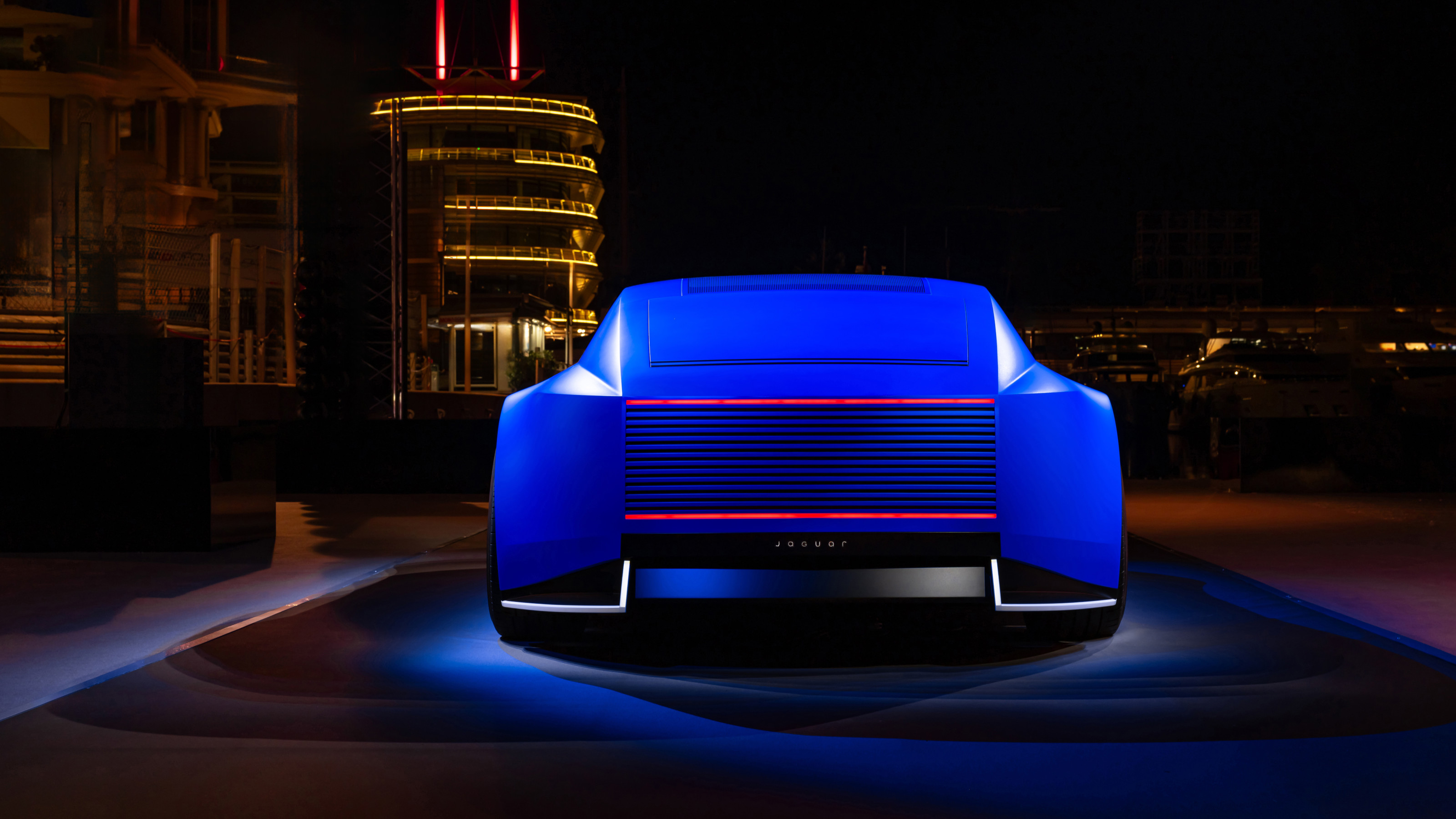 JLR is a mainstay of modern motoring luxury, but do car brands need creative figureheads?
JLR is a mainstay of modern motoring luxury, but do car brands need creative figureheads?With Gerry McGovern reportedly departing from Jaguar Land Rover, what next for the Indian-owned, British-built house of brands?
-
 A unique Land Rover Series III, The Admiral is a truly shipshape restomod
A unique Land Rover Series III, The Admiral is a truly shipshape restomodKent Heritage Works have launched their 1 of 1 collection with a thoroughly upgrade Land Rover Series III
-
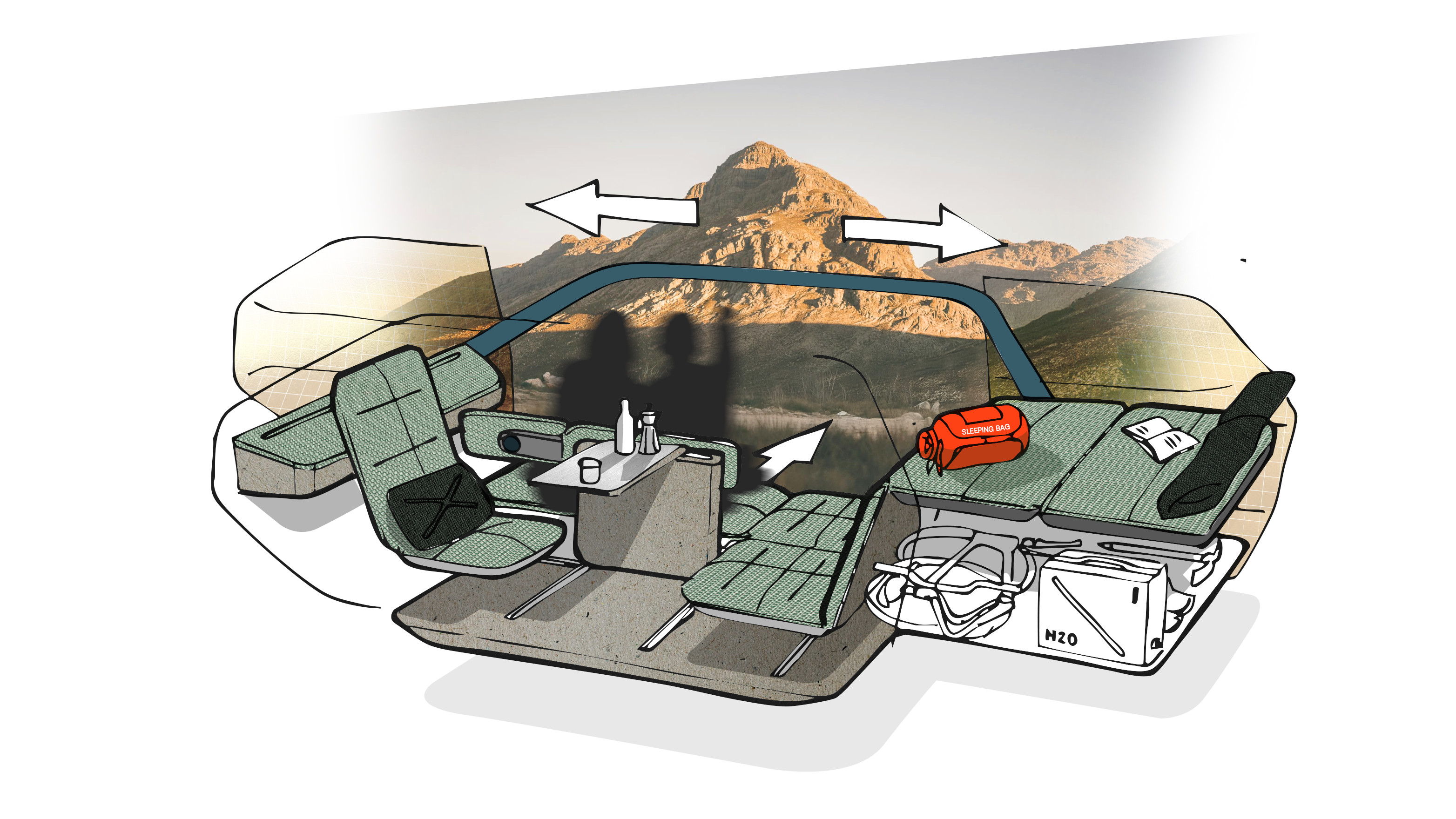 How will future car interiors take shape? London studio NewTerritory has a vision for automotive design
How will future car interiors take shape? London studio NewTerritory has a vision for automotive designDesign studio NewTerritory has set up a new automotive division to explore the future of car interiors. We interrogate the team
-
 Are these the most luxurious Land Rovers ever? Welcome to the refined world of Helderburg
Are these the most luxurious Land Rovers ever? Welcome to the refined world of HelderburgEast Coast Land Rover specialists Helderburg are committed to the very best, transforming the classic British utility vehicle into bespoke individual creations
-
 Danish manufacturer Zenvo Automotive’s Aurora is the true enthusiast’s hybrid hypercar
Danish manufacturer Zenvo Automotive’s Aurora is the true enthusiast’s hybrid hypercarZenvo Automotive dovetails Danish design culture with a love of high-end engineering and exceptional performance. We talk to the company’s Jens Sverdrup about its newest machine, the Aurora
-
 Yves Béhar gives striking shape and form to this new hybrid-electric catamaran concept
Yves Béhar gives striking shape and form to this new hybrid-electric catamaran conceptSolsea is a concept catamaran from Italian shipyard Rossinavi, blending zero emission cruising with design by Yves Béhar
-
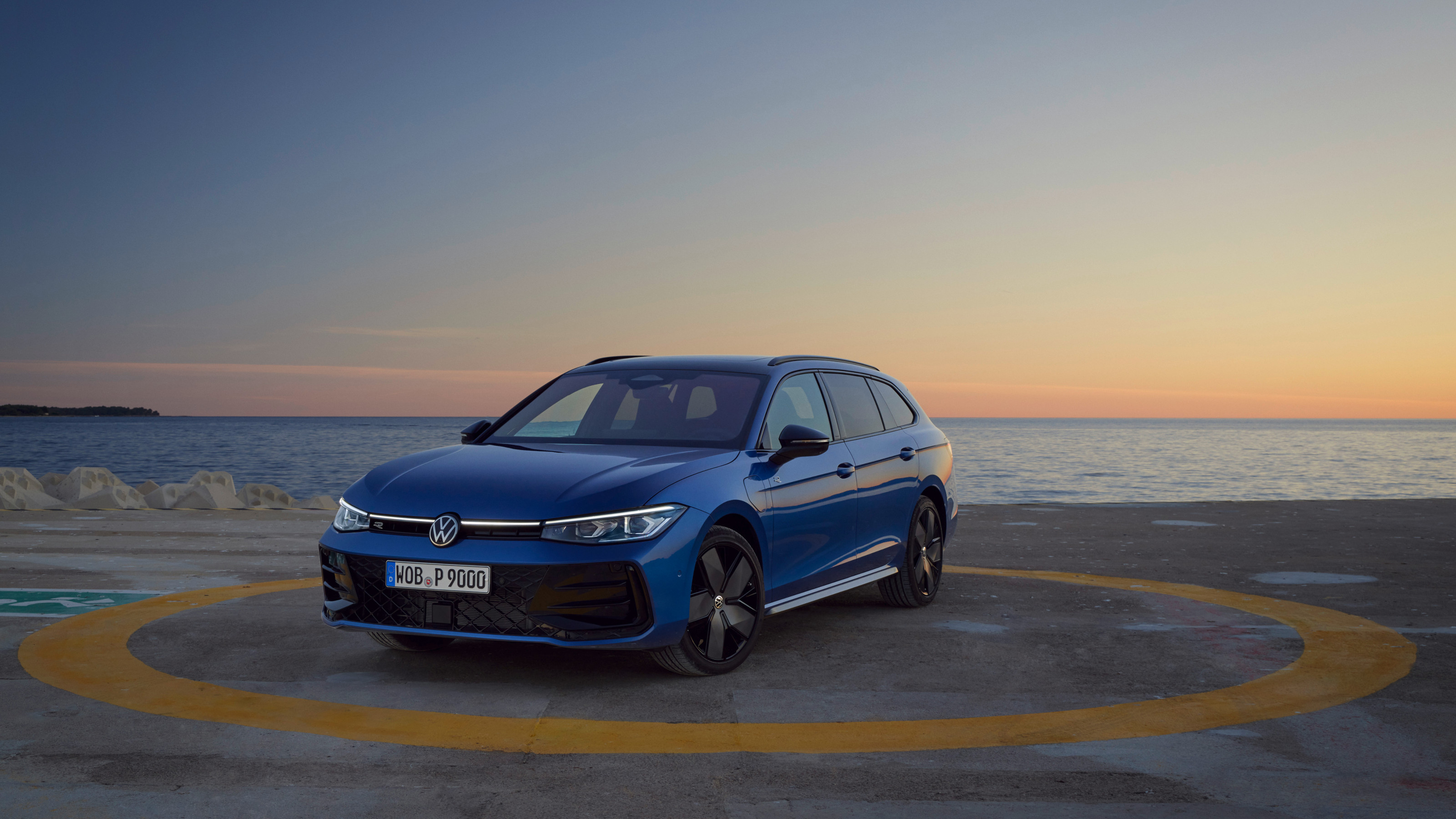 The Volkswagen Passat is a sober, straight edged estate car that feels increasingly out of time
The Volkswagen Passat is a sober, straight edged estate car that feels increasingly out of timeWhy would anyone pass on a Passat? Volkswagen’s big load lugger proves that the old ideas are still the best
-
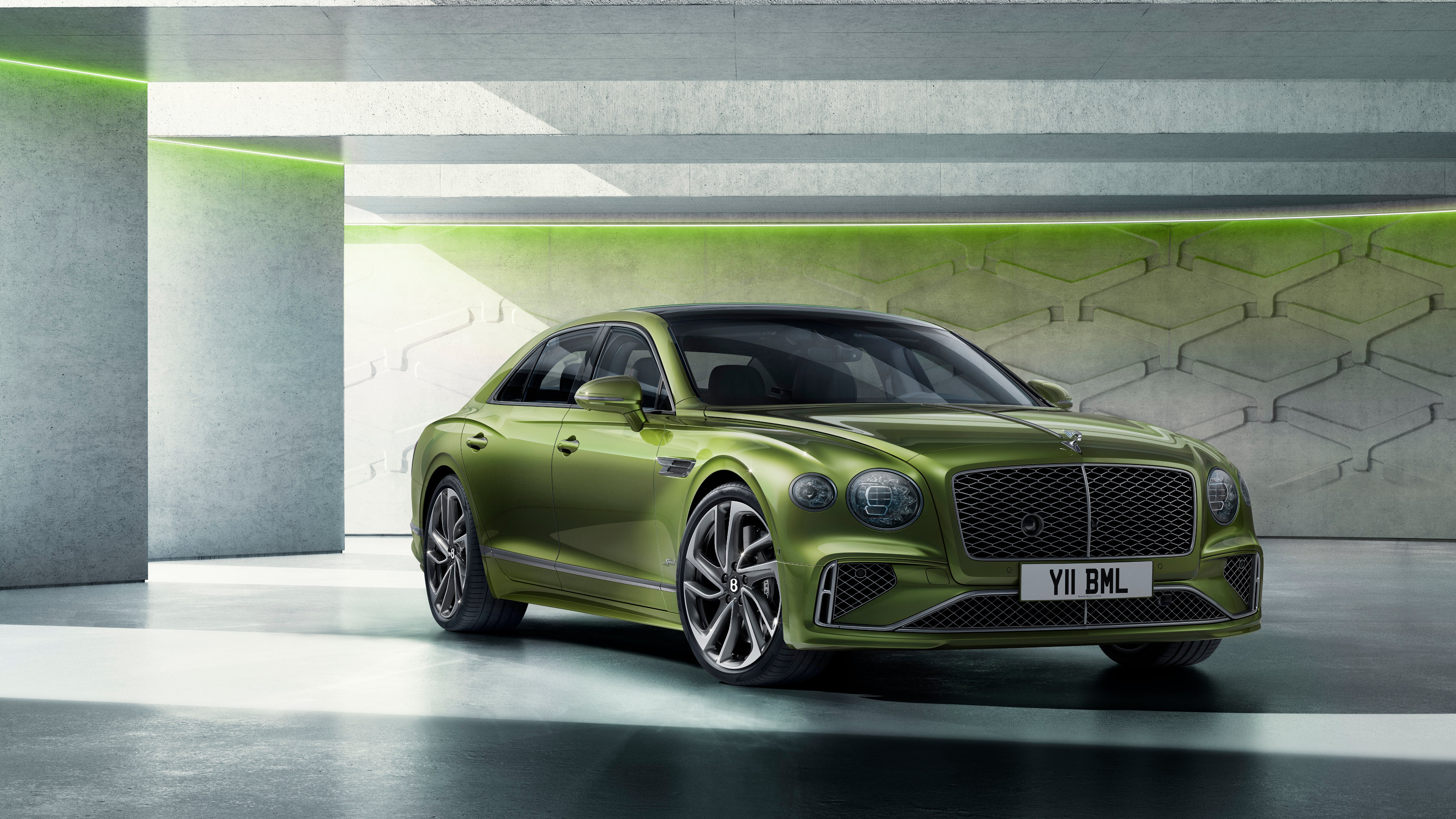 Bentley describes the updated hybrid Flying Spur Speed as a four-door supercar
Bentley describes the updated hybrid Flying Spur Speed as a four-door supercarThe latest version of the Bentley Flying Spur is a technological showcase and an outstanding performer